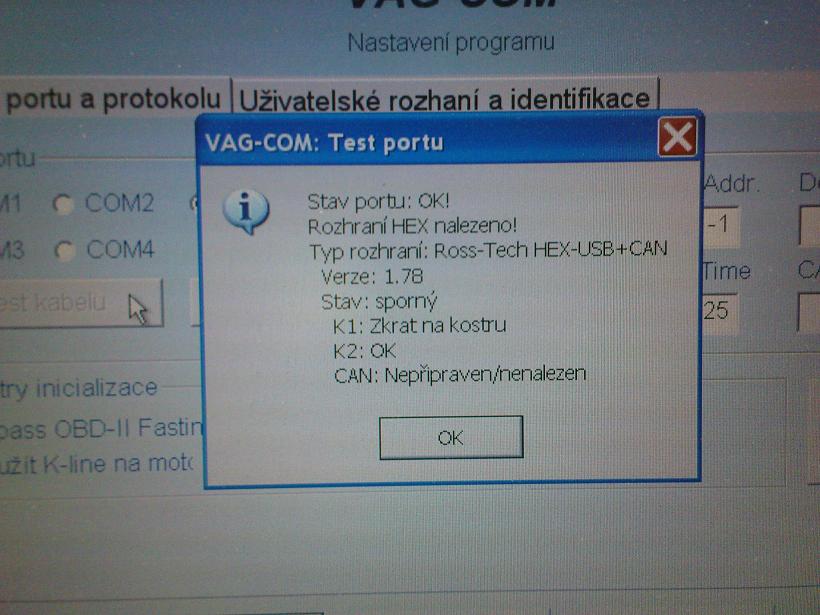Diagnostika Passat B5
Model Passat MotoMeter, Software 1.3-1.8, Model 1993-1996. Model Passat MotoMeter, Model 1996-1997. Model Passat B5 after 1997. Model Passat B6.
Variant (pre-facelift) The B5 version of the, based on the, was launched in 1996 in Europe, 1997 in North America, and March 1998 in Australia. Its platform was shared with the first-generation 'Typ 8D', which was unveiled 2 years earlier, and saw a return to the Passat sharing its platform with Audi's equivalent model for the first time [ ] since the second-generation (B2) Passat, which shared its platform with the second-generation 'Typ 81' / (the A4 is the successor to the Audi 80 line).
The Passat introduced a new design language, [ ] first seen on the concept car, for the latest generation of Volkswagens such as the,. The smooth lines, heavily raked windscreens, and smooth underpinnings helped give the B5 Passat a low coefficient of drag, rated at 0.27 (saloon model). [ ] The B5 Passat also reflected Volkswagen's aspirations to push upmarket with higher quality interior trim and the availability of luxury options in order to distance it in the marketplace from contemporaries such as the,,. This policy was later echoed in the Golf Mk4/Bora/Jetta and Polo.
The car featured fully independent four-link front; and a semi-independent torsion beam for front-wheel-drive models or a fully independent suspension on the 4WD models. 4WD was introduced in 1997 as an option for the 1.8, 2.8 V6, 1.9 TDI and 2.5 TDI engines, using a second-generation T-2 based 4WD system to minimise loss of traction.
Chemical reactions and chemical reactors george w roberts solution manual. The 1.8- in the Passat and Audi A4 has a lower capacity than transverse applications of the same engine (4.6 quarts in transverse, 4.3 quarts longitudinal). Three transmission options were available: a 5-speed, a 6-speed (codename 01E) and a 5-speed automatic transmission with. There was also 4-speed, available only in 66kW and 81kW 1.9 TDI, as well as some gasoline models.
Sedan (facelift) B5 Passat models built after late 2000, also known as B5.5 models, received minor styling and mechanical revisions including revised, bumpers, tail lights, and chrome trim. A 4.0- producing 275 (202 ) was introduced with a version of the car that included standard. This engine was intended to be a test bed for Volkswagen Group's new technology, which would later make an appearance on the W12 in the Phaeton and, and the in the. In 2003, a powerful 2.0-litre (TDI) producing 136 PS (100 kW) was added (making the Passat the only mid-sized diesel-powered car sold in the U.S.). This variant was sold from 2003 to 2005. A lengthened platform went on to underpin the 'Passat' that was introduced in China in December 1999 by Shanghai-Volkswagen. This long- version was rebadged and launched in Europe as the in 2001.

Both have a 100 mm (3.9 in) longer wheelbase and length than the standard B5 Passat. An updated version called the Passat Lingyu was released in late November 2005, which has the 1.8-litre turbocharged, the 2.0-litre, and the 2.8-litre V6.